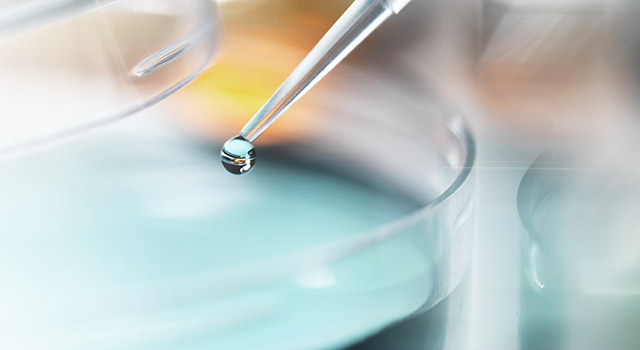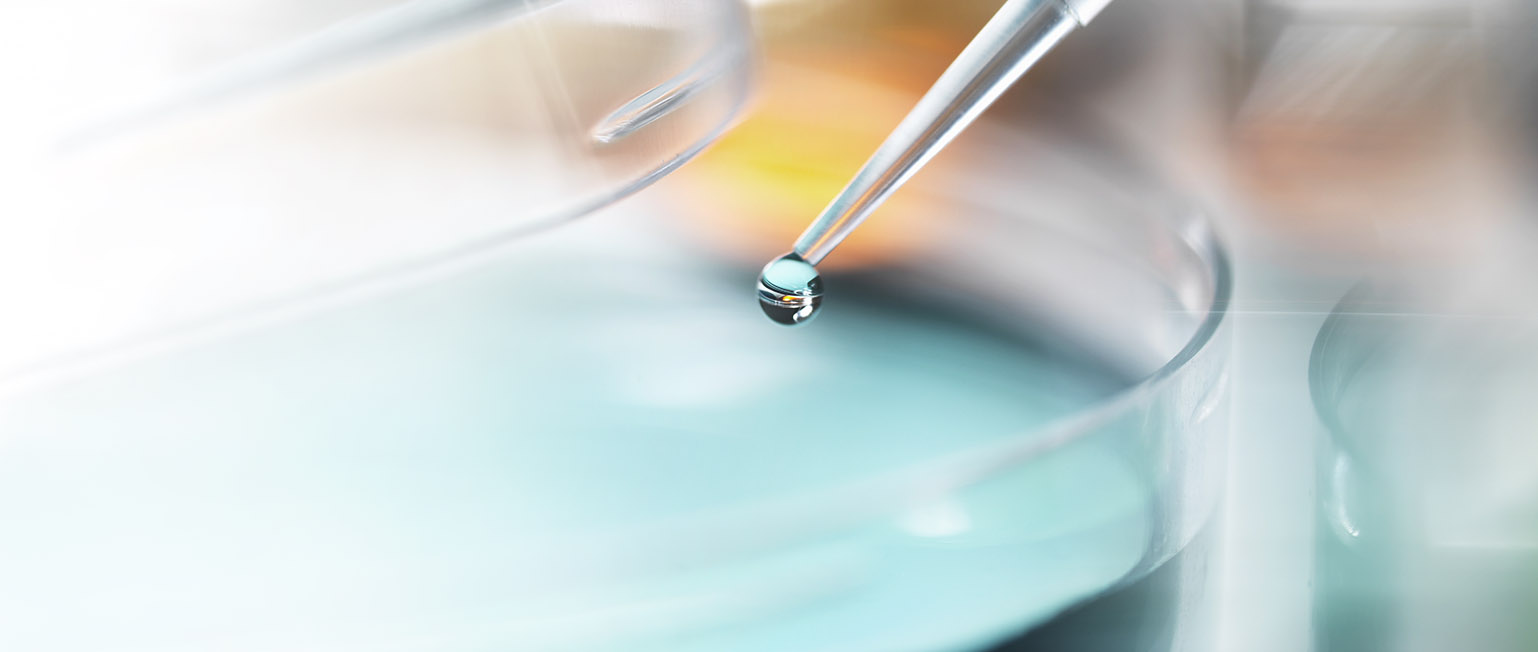Intrauterine insemination (IUI) is a common fertility treatment and involves introducing a sperm concentrate directly into the uterine cavity at the time of ovulation when a mature egg is released from the ovary. Careful timing of IUI to coincide with the time of ovulation is key to the success of treatment.
Why IUI?
IUI is a useful treatment in three distinct situations:
- When cervical mucus production is very poor as a result of chronic inflammation of the cervix, previous cervical surgery, or treatment with certain medications that can interfere with normal mucus production
- When there are mild but persistent abnormalities of semen quality that may be overcome by IUI
- In combination with ovarian stimulation treatment for unexplained infertility where the goal is to bring together more than the usual number of eggs (by ovarian stimulation) and sperm (by IUI) at the time of ovulation
Process
A cycle of IUI treatment usually begins with a baseline transvaginal ultrasound examination performed soon after the onset of a period to confirm that the ovaries are quiet before stimulation begins. Some days later, at a time when one or more mature developing follicles should be nearing maturity, ultrasound examination is again performed to observe the size and number of maturing follicles and the development of the uterine lining. If the expected response to treatment is confirmed, IUI will be performed at the expected time of ovulation (egg release), which is usually determined by monitoring the cycle with a commercial ovulation predictor kit that detects the hormone signal that is the trigger for ovulation (called the LH surge). For those who cannot reliably detect the ovulatory signal with the ovulation predictor kit, a trigger injection may be administered when ultrasound reveals one or more fully mature follicles.
Insemination is performed on the day following detection of the midcycle LH surge signal, or on the second day after a trigger injection is administered to cause ovulation, when that is necessary. On the day of IUI, the male partner provides a semen sample that is then processed (called “washing”) in the laboratory to isolate the most motile and normal sperm. The remaining sperm are concentrated in a small volume of fluid and deposited directly into the uterus through a very thin catheter inserted through the cervix. The IUI procedure typically takes less than 10 minutes and is not associated with any discomfort.
Although very uncommon, side effects of IUI may include mild transient uterine cramping. The risk for complications is extremely low and relates primarily to the possibility of introducing or causing infection.
Risks
Fertility medications have few risks, but those include a condition called ovarian hyperstimulation syndrome (abnormal enlargement of the ovaries associated with collection of fluid in the abdomen) and the risk of multiple pregnancy. Both risks increase with the number of ovarian follicles that develop during stimulation and with the level of estrogen in the blood. As we will be monitoring your response to treatment very carefully, these conditions occur only very rarely.
Success Rates
The chance for success with treatments including IUI vary with each patient’s unique circumstances, but in general, success rates of approximately 10-15 percent per treatment cycle can be expected. By comparison, the chance for pregnancy to occur in any one menstrual cycle among normally fertile couples is approximately 20 percent per month.
At UNC Fertility in Raleigh, we have helped thousands of patients with their fertility issues through IUI. To see if artificial insemination is a good fit for you, contact us today to schedule an appointment. We see patients from all surrounding areas including Raleigh, Durham, Cary and Fayetteville.











